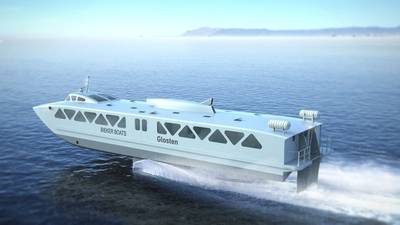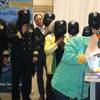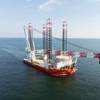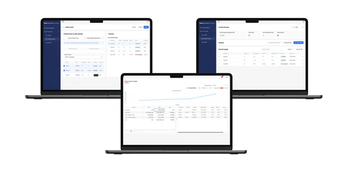Kitsap Transit Gets Fed Funds for High-Speed, Low-Emission Ferry Project
As the global maritime community collectively is slowly pushed toward decarbonization, it is generally agreed that there is no ‘silver bullet’ technical solution and that progress will come in steps, led by public/private collaboration and funding.
A recent development following that script is the awarding this week of federal funds to a Washington State team working to accelerate ferry technology, with the joint innovation project selected for funding from the U.S. Department of Transportation’s Federal Transit Administration. Kitsap Transit is one of 25 transits authorities nationwide targeted to receive a share of approximately $14 million in funding through the Accelerating Innovative Mobility initiative. The public-private partnership team is being led by Washington Maritime Blue to advance the fast foil ferry design and the business case for sustainable operations.
The FTA will provide $372,910 in funding as part of the Accelerating Innovative Mobility initiative. Cash contributions of $100,000 were committed by the Ports of Bellingham, Skagit County, and Anacortes. An additional $139,000 of in-kind contributions are committed by key project partners.
The funding will complete the preliminary design for a high-speed passenger ferry powered by battery-electric, low-emission technology. As designed, the hydrofoil will rely on lightweight carbon fiber construction and batteries to speed up travel between urban centers and suburban and rural communities, while significantly reducing or eliminating fuel use compared to conventional fast ferries.
Program partners include:
- Naval architecture and marine engineering firm Glosten, the Seattle-based firm that designed Kitsap Transit’s M/V Waterman, the first hybrid-electric passenger ferry to operate commercial service on the Puget Sound. Waterman operates on Kitsap Transit’s Port Orchard-Bremerton route.
- Anacortes-based Bieker Boats, whose principal Paul Bieker is well known for the structural design of the hydrofoils for the America’s Cup-winning Team Oracle as well as the foils for the Rich Passage-class fast ferries that operate Kitsap Transit’s Bremerton-Seattle route.
- DNV GL, an independent advisor to the maritime and energy industries, is providing technical expertise on routing, permitting, shoreside infrastructure, economic and environmental impact modelling, and business case development.
- Public sector stakeholders include the Port of Anacortes, Port of Bellingham and Port of Skagit as well as Kitsap Transit, Tacoma Power, Skagit County and the Economic Development Alliance of Skagit County
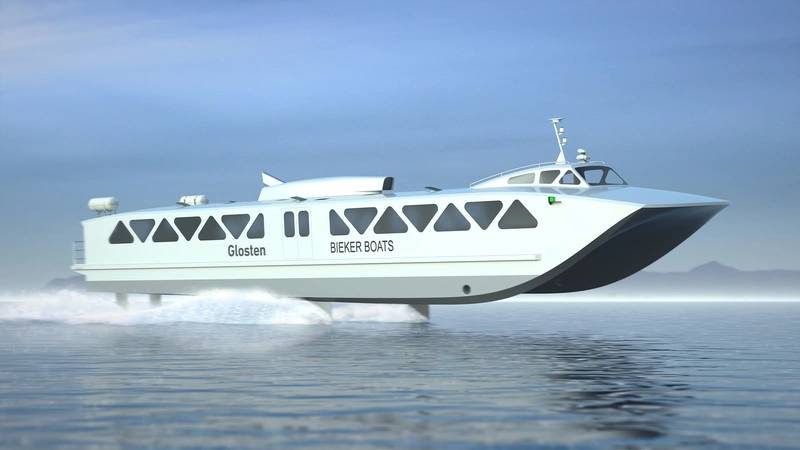 Illustration courtesy of Glosten
Illustration courtesy of Glosten
The project aims to deliver not only the design for a zero-emission, high-speed passenger ferry for operation in the Puget Sound, but also the business model, which will include studies of route viability, shoreside infrastructure requirements, permitting and regulatory requirements, and economic and environmental impacts. The foil ferry will be designed by Bieker Boats and Glosten and include options for fully electric propulsion or diesel-electric propulsion for extended range. The diesel-electric option could be two to three times more fuel efficient than conventional fast ferries and save 1,500 tons of carbon-dioxide annually. The project also will explore required infrastructure, environmental benefits and impacts, regulatory and permitting needs and possible routes and operators.
Kitsap Transit currently operates three hydrofoil-assisted fast ferries – Rich Passage 1, Reliance and Lady Swift– that run on conventional diesel fuel. Each of the 118-passenger ferries utilizes a hydrofoil that helps raise much of the vessel’s hull above the waterline, enabling high-speed, low-wake performance on the Bremerton-Seattle route.



